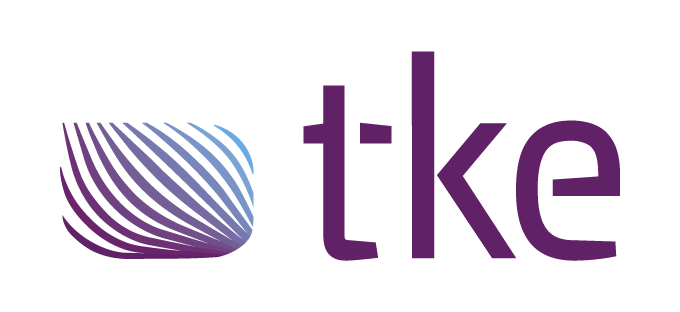What is J1939 and how does it work in vehicles?
The J1939 protocol is a cornerstone in the realm of vehicular communication, offering a standardized method for different vehicle components to interact seamlessly. Developed primarily for heavy-duty vehicles, it plays a crucial role in ensuring efficient and reliable data transmission across various systems within a vehicle. Understanding the intricacies of J1939 can help in appreciating its pivotal role in modern automotive technology.
What is the J1939 protocol?
The J1939 protocol is a standardized communication network specifically designed for heavy-duty vehicles such as trucks and buses. Originating from the Society of Automotive Engineers (SAE), it builds upon the Controller Area Network (CAN) bus, which is a robust vehicle bus standard designed to allow microcontrollers and devices to communicate with each other without a host computer. The primary purpose of J1939 is to facilitate communication between different vehicle components, enabling them to work together harmoniously.
J1939 operates by defining a set of messages and parameters that allow different electronic control units (ECUs) within a vehicle to exchange information. It standardizes the data format, ensuring that all components speak the same language. This standardization is crucial for the interoperability of components from different manufacturers, making it easier to integrate and maintain vehicle systems.
How does J1939 work in vehicles?
At the heart of J1939 is the CAN bus, which serves as the backbone for data transmission. The CAN bus is a multi-master, message-oriented protocol that allows multiple ECUs to send and receive messages. In a vehicle, these ECUs could include the engine control unit, transmission control unit, and various other sensors and actuators. The J1939 protocol specifies how these messages are formatted and transmitted over the CAN bus.
Data is transmitted in the form of packets, with each packet containing a unique identifier that indicates its priority and function. This allows the vehicle’s systems to prioritize and process data efficiently. For instance, critical engine data can be given higher priority than less urgent information. By enabling different vehicle parts to communicate effectively, J1939 ensures that the vehicle operates smoothly and that diagnostic information is readily available for maintenance and troubleshooting.
Why is J1939 important for modern vehicles?
J1939 plays a vital role in modern vehicles by enhancing efficiency, diagnostics, and maintenance. One of its key benefits is the ability to provide real-time data about the vehicle’s performance. This data can be used to optimize fuel efficiency, reduce emissions, and improve overall vehicle performance. Additionally, the standardized communication protocol allows for easier integration of new technologies and systems.
In terms of diagnostics, J1939 provides a wealth of information that can be used for troubleshooting and maintenance. By accessing the data transmitted on the CAN bus, technicians can quickly identify issues and perform necessary repairs. This capability not only reduces downtime but also extends the lifespan of the vehicle by ensuring that problems are addressed promptly.
What are the common applications of J1939?
The J1939 protocol is widely used across various industries and vehicle types due to its versatility and reliability. In the trucking industry, it is employed to manage engine performance, monitor fuel consumption, and ensure compliance with emissions regulations. Buses utilize J1939 for similar purposes, as well as for managing passenger information systems and safety features.
Beyond road vehicles, J1939 is also applied in off-highway vehicles such as construction equipment and agricultural machinery. These applications benefit from the protocol’s ability to handle complex systems and provide robust communication in challenging environments. Additionally, J1939 is used in the marine and defence industries, where reliable communication is critical for operational success.
How can TK Engineering Oy support J1939 implementation?
With over two decades of expertise in CAN bus technology, TK Engineering Oy is well-equipped to support the implementation and optimization of J1939 communication systems. Our comprehensive services include control system design, testing, and troubleshooting, ensuring that your vehicle systems are fully integrated and functioning optimally. We also offer research and pre-studies to tailor solutions to specific industry needs, whether in marine, energy, or off-highway vehicles.
Moreover, our product development and training services ensure that your team is equipped with the knowledge and tools necessary to maintain and enhance your vehicle systems. By collaborating with market leaders, we provide cutting-edge communication solutions that enhance performance and ensure long-term success. Whether you’re looking to integrate J1939 into a new vehicle system or optimize existing communication networks, TK Engineering Oy has the expertise and resources to support your goals.



